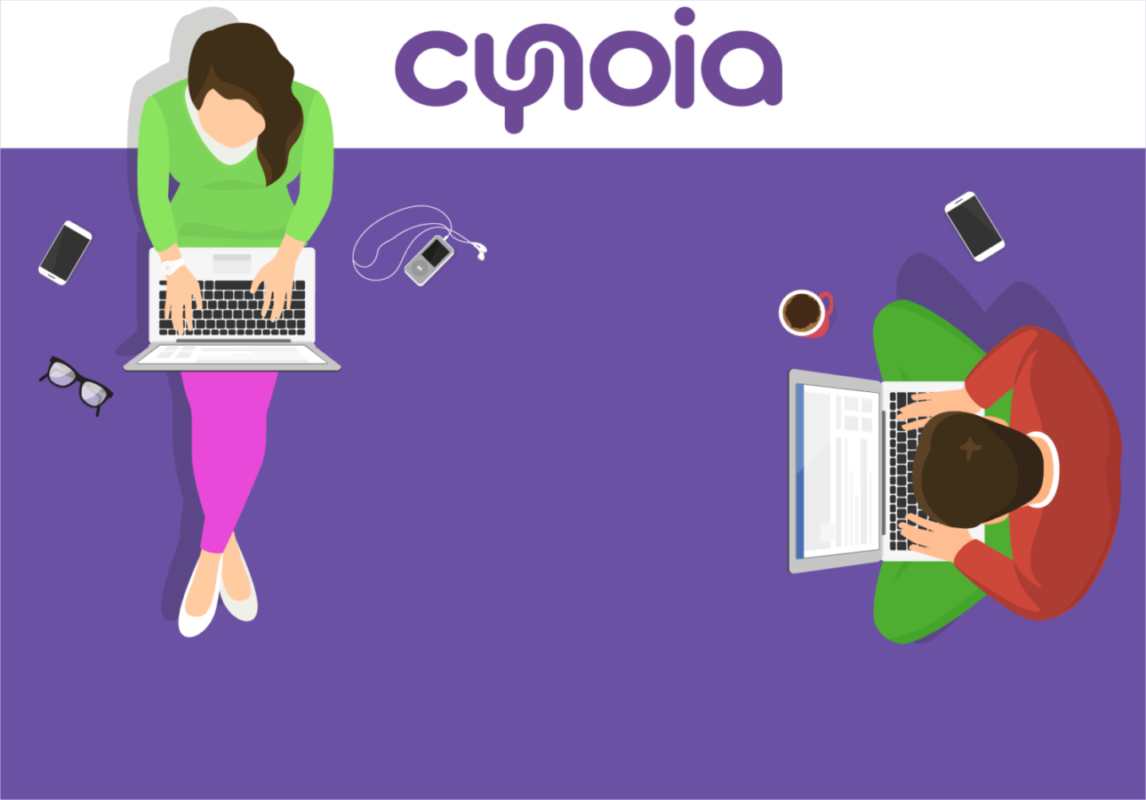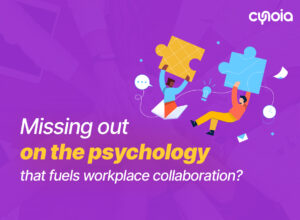
The workplace was once composed of a physical office space with employees working face-to-face, and through email during set hours between 9am and 5pm.
Fast forward several years and it is now the norm for employees to be working across multiple locations, hours and devices, the workforce no longer confined to a single office environment.
As these diversified workplaces emerge, the need for team-based and collaborative, digitally connected work environments becomes critical to efficiency and growth.
Organisations must introduce digital workplace strategies capable of improving collaboration and communication, and enabling employees to work together effectively, regardless of location or device.
What Is A Digital Workplace?
While the digital workplace is now driving a wide range of projects across many industries, the concept is still emerging. There are many definitions of the digital workplace and some are all encompassing, while others focus on specific facets of the concept.
The digital workplace can be considered the natural evolution of the workplace. It encompasses all of the technologies staff use to do their jobs. This can range from the HR applications and core business applications to email, instant messaging, enterprise social media tools, intranets and portals. Most (if not all) organizations have a digital workplace.
What is important is to focus on setting up a digital workplace that helps your staff do their jobs more effectively and efficiently. It should consist of a holistic set of platforms, tools and environments for work delivered in a usable, coherent and productive way. This gives focus on the experience of the employee or the individual as well as the environment in which they work.
The Efficient Business Communications Tools You Can Start Using Now
To manage these industry changes, many leading organisations in business and government have implemented a digital workplace strategy.
By intelligently combining the technologies that many businesses already use, the digital workplace has broken down the communication barriers and is transformation employee experience to one promoting efficiency, growth and innovation.
The key to success, however, depends on the implementation of a digital workplace strategy – requiring one that is capable of driving true change within the organisation.



Video meeting
Chat rooms, Private and Group Messaging
Integrations
Chat & Private Messaging
Collaborative spaces which provide private/group messaging and chat functions are often viewed as one of the best business communication tools to keep teams working together. It’s an effective form of communication for busy employees and managers. Instant messaging makes updates on projects and general team discussion much easier.
This works well when employees or team members are spread across different geographical locations and different time zones. Files can be shared and conversations can be accessed if needed.
Chat rooms and group messaging environments may seem the same, but the interfaces are often very different. For instance, your company might get more out of an instant messaging platform than a chat room if you don’t have a lot of team-based projects, and individuals only occasionally need to contact other individuals within the organisation.
Conclusion
Effective communication between staff working across different locations and hours can be challenging, but it can be done.
You just need to start exploring the different technology available and decide on which is right for your organisation. Remember, you do not need to settle for one tool.
Start by choosing a tool that can become the base for your communication needs. For example, many organisations implement an intranet platform for their internal communication needs as it enables organisations to set up team workspaces, easily find staff information including areas of expertise, deliver personalised news and information to different staff members, set up security permissions to ensure the right information is read by staff with the right access levels and more.
Then, they integrate other communication tools into their base platform such as Skype for Business, Facebook, Linkedin and so on.
This enables organisations to offer a centralised communication and information ecosystem for their staff!

